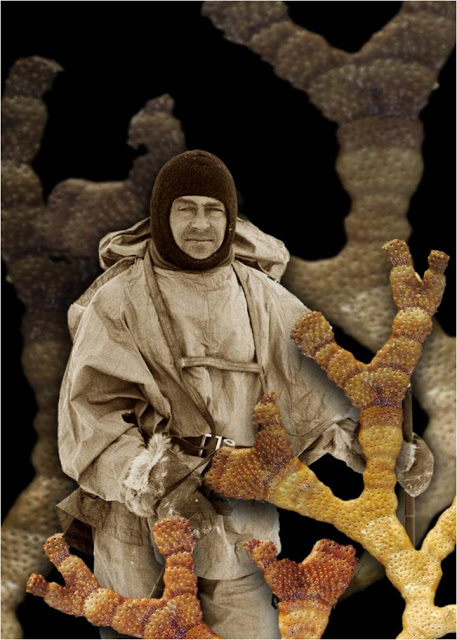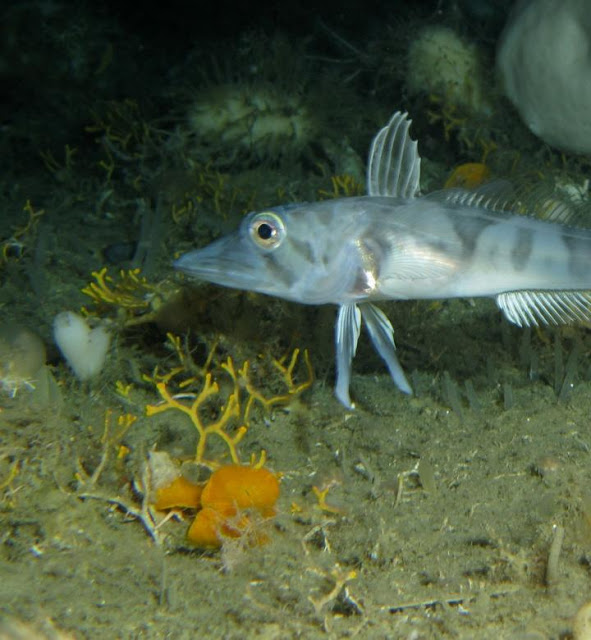| Online: | |
| Visits: | |
| Stories: |

| Story Views | |
| Now: | |
| Last Hour: | |
| Last 24 Hours: | |
| Total: | |
As Polar Ice Melts, Seabed Life Is Working Against Climate Change
This image shows Captain Scott, who got collection of key bryozoans off to an early start.
Credit: SPRI
In fact, most of the known consequences of climate change have made matters worse instead of better. For example, Barnes says, as the polar climate warms, sea ice melts. As sea ice has melted, the Earth’s surface has turned from reflective white to a much darker blue at the poles, absorbing more heat and melting even more ice.
Scientists knew that arctic forests and new algal blooms where ice shelves disintegrated were, to some extent, working against climate change. They now say, based on studies of West Antarctic bryozoans–organisms sometimes referred to as “moss animals”–that other organisms living on the seafloor “could be more important than both” when it comes to accumulating and burying carbon.
Antarctica has not experienced a net loss of sea ice in the way the Arctic has. The ice has melted over more-productive continental shelves as ice has formed over less-productive, deeper waters. In the new study, Barnes and his colleagues collected specimens across West Antarctic seas and used high-resolution images to calculate the density of life on the seabed.
Barnes says that the surprising differences in the amount of carbon taken up in different regions in Antarctica linked closely to the sea ice losses at each location. In more encouraging news, they found that the South Orkney Islands–the world’s first High Seas Marine Protected Area–”is bang on a carbon hotspot, without us realizing!”
A new international, BAS-lead scientific cruise to the South Orkney Islands MPA in early 2016 should give researchers a close-up look at why that particular location is so important. More generally, the findings are a reminder of the importance of ocean life for understanding our changing climate.
“The forests you can see are important with respect to the carbon cycle and climate change, but two-thirds of our planet is ocean, and below it the life you can’t see is also very important in climate responses as well,” Barnes says.
It will now be important to find out whether similar things are happening in the Arctic.
This research was supported by the Darwin Initiative and the Pew Charitable Trusts.
Contacts and sources:
Joseph Caputo
Citation: Current Biology, D.K.A. Barnes: “Antarctic sea ice losses drive gains in benthic carbon drawdown” http://dx.doi.org/10.1016/j.cub.2015.07.042
Source: http://www.ineffableisland.com/2015/09/as-polar-ice-melts-seabed-life-is.html





